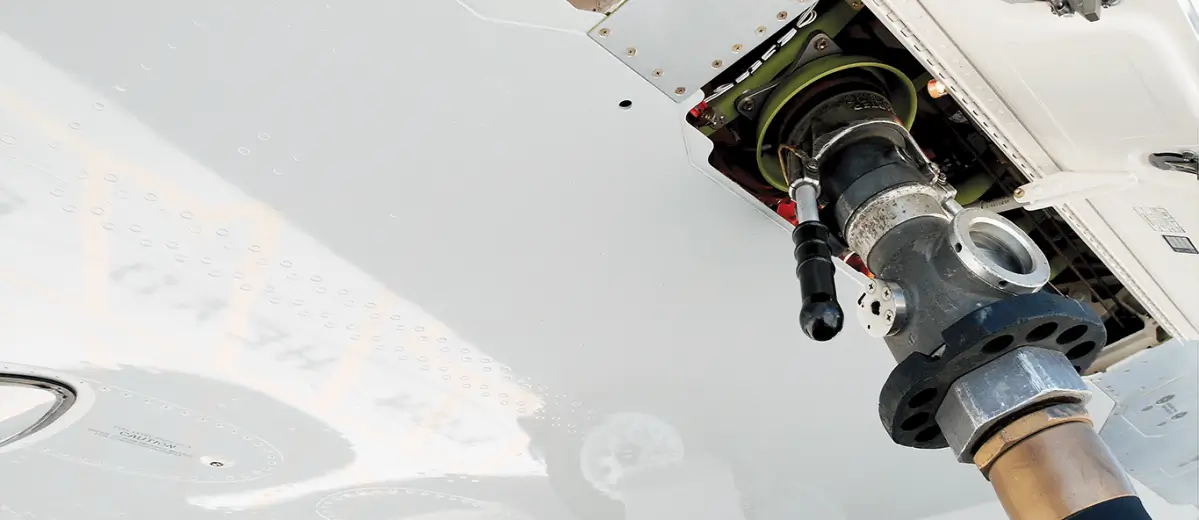What is SAF made from?
Sustainable Aviation Fuel (SAF) can be produced from a variety of sustainable resources, also known as feedstocks. This includes forestry and agricultural waste, used cooking oil, carbon captured from the air, and green hydrogen. SkyNRG does not use food crops, like soy and palm oil as these sources can be responsible for high rates of deforestation.
Read more on SAF technologies
Visit our Technology pageHow is SAF more sustainable?
Sustainable Aviation Fuel (SAF) can be made from waste streams, which otherwise would be thrown away (such as used cooking oil). It can also be produced using renewable feedstocks such as agricultural or forestry waste. When produced from renewable feedstocks SAF only emits the same amount of carbon to the atmosphere as was previously absorbed by its feedstock, thereby closing the carbon loop. This reduces emissions, significantly lowering the aviation industry’s carbon footprint and dependency on fossil fuels.
What are the benefits of SAF compared to fossil jet fuel?
Based on our own Life Cycle Analysis, a specific batch of SAF can reduce emissions by 75% or more, compared to fossil jet fuel over its entire life span. This includes production, distribution, transportation and combustion. It can also reduce other harmful emissions like particulates and sulfur by 90% and 100% respectively. These reductions are critical ways to reduce the impact of climate change on our planet.
TALK TO US
Want to learn more about SAF and the possibilities for you? Please submit the form and we’ll be in touch with you shortly.

Oskar Meijerink
Head of Future Fuels
